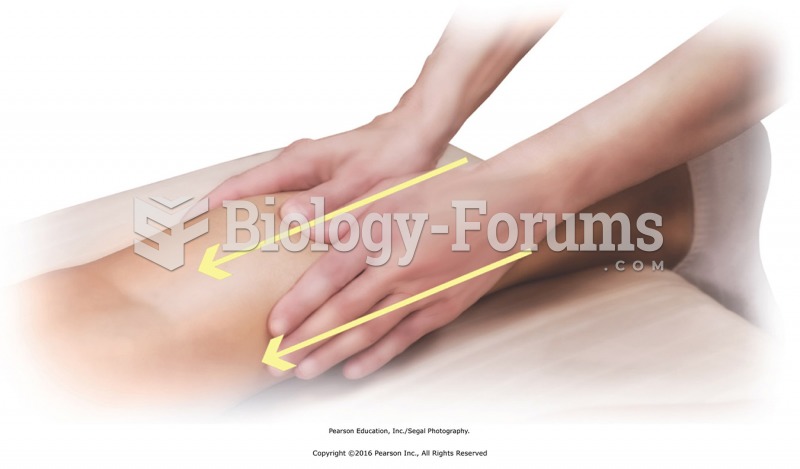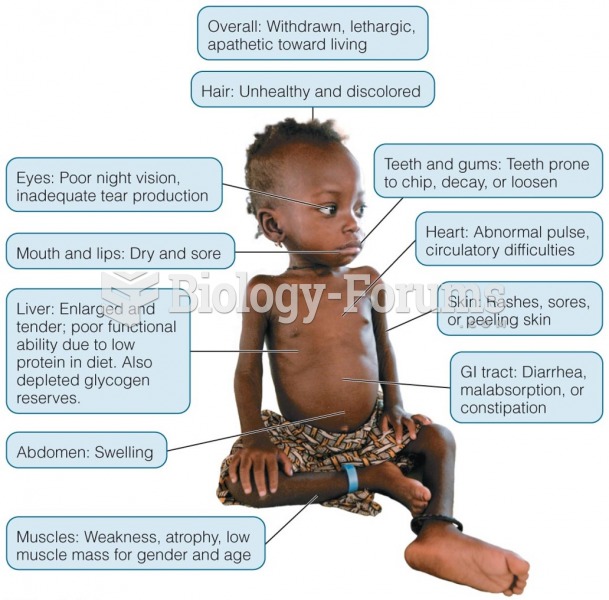|
|
|
There are actually 60 minerals, 16 vitamins, 12 essential amino acids, and three essential fatty acids that your body needs every day.
In the United States, an estimated 50 million unnecessary antibiotics are prescribed for viral respiratory infections.
Serum cholesterol testing in adults is recommended every 1 to 5 years. People with diabetes and a family history of high cholesterol should be tested even more frequently.
In the ancient and medieval periods, dysentery killed about ? of all babies before they reach 12 months of age. The disease was transferred through contaminated drinking water, because there was no way to adequately dispose of sewage, which contaminated the water.
An identified risk factor for osteoporosis is the intake of excessive amounts of vitamin A. Dietary intake of approximately double the recommended daily amount of vitamin A, by women, has been shown to reduce bone mineral density and increase the chances for hip fractures compared with women who consumed the recommended daily amount (or less) of vitamin A.
 The relation between drug tolerance and withdrawal effects. The same adaptive neurophysiological ...
The relation between drug tolerance and withdrawal effects. The same adaptive neurophysiological ...
 Warming effleurage to thigh muscles. Use reinforced palm over palm method to apply deeper pressure ...
Warming effleurage to thigh muscles. Use reinforced palm over palm method to apply deeper pressure ...
 Apply stroking from ankle to knee, using both palms to slide along the calf muscles. If hands will ...
Apply stroking from ankle to knee, using both palms to slide along the calf muscles. If hands will ...




